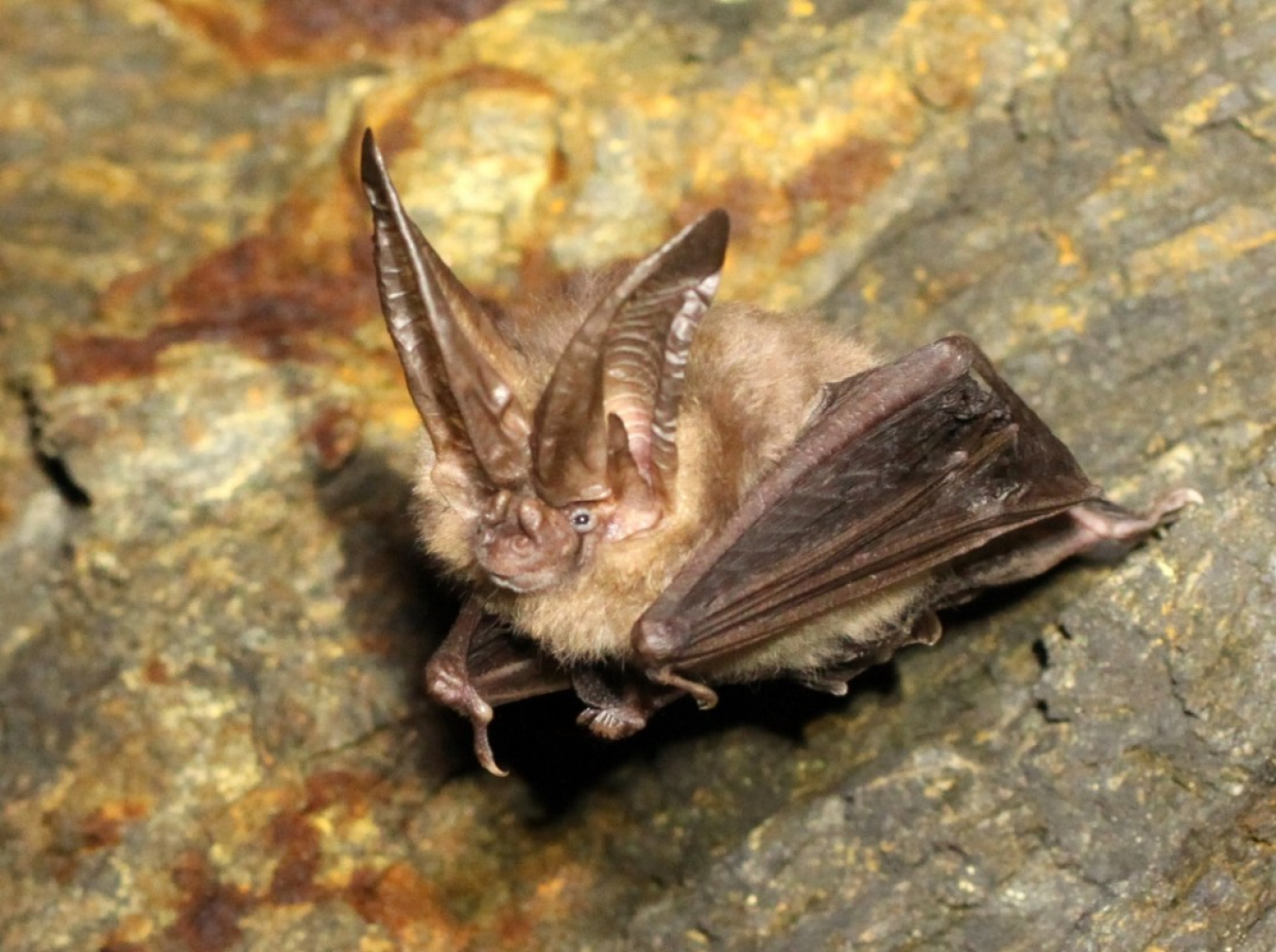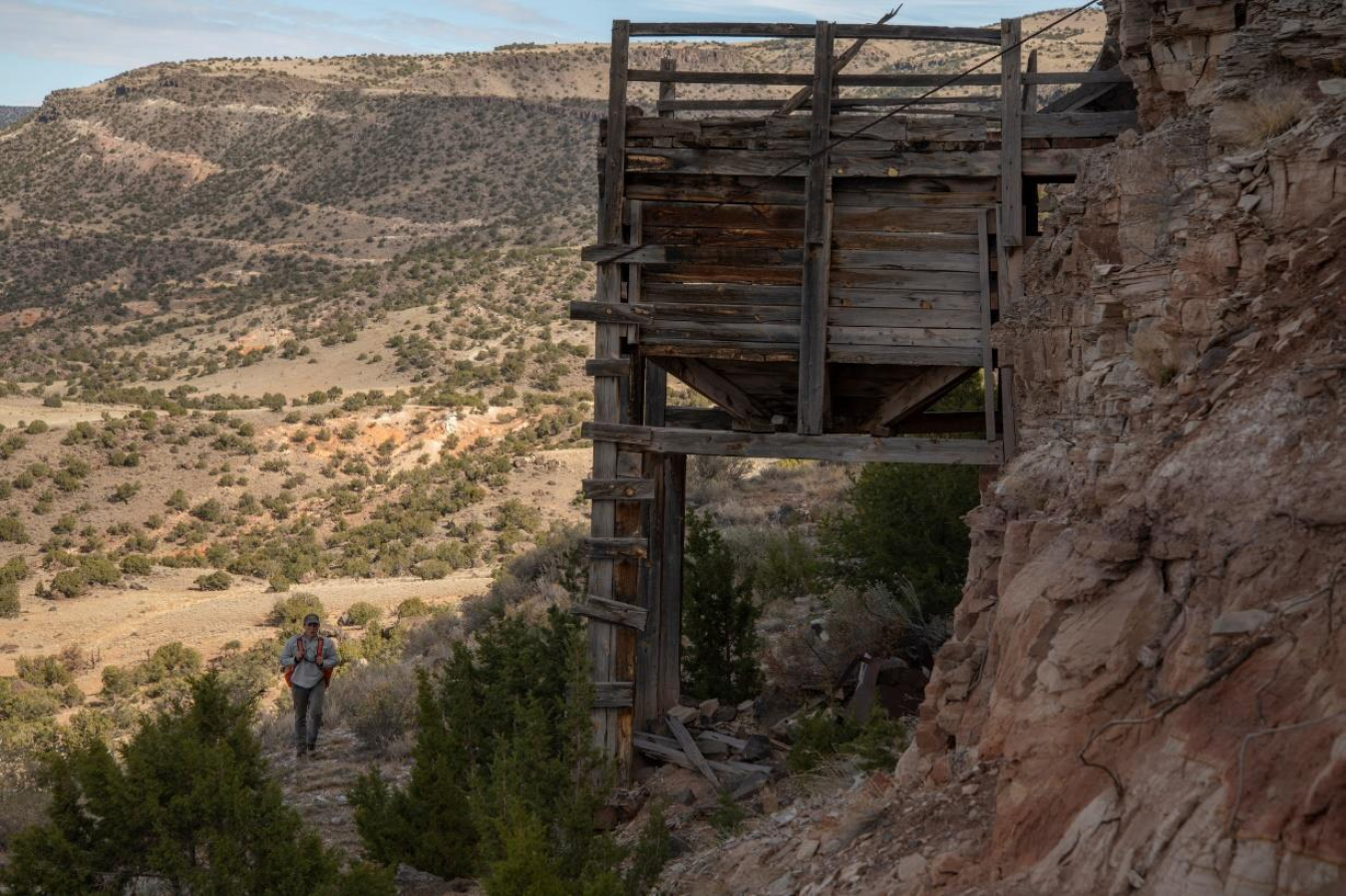Keep out of abandoned mines and leave them to the bats.
February 25, 2021
Big brown bats. (Photo by Shawn Thomas/BCI.)
Enjoying the great outdoors is a wonderful and richly rewarding part of living in the West. Hiking and biking trails are abundant, and the scenery is stunning. However, when taking to the trails, it’s important to stay safe when encountering old mines — and there are a lot of old mines in the West. For instance, the U.S. Department of Energy (DOE) Office of Legacy Management (LM) Defense-Related Uranium Mines (DRUM) Program has identified approximately 4,225 abandoned uranium mines.
Not only are there safety concerns at abandoned mines but also ecological concerns. Bats are one of many animals that inhabit mines and caves. They also like to hide and rest within rock cracks and ledges, so rock climbers should be careful when finding a handhold.

Townsend’s big-eared bat. (Photo courtesy BCI.)
Although they have received a bad rap due to vampire films, the truth is that bats provide balance to the ecosystem. As pollinators, bats disperse pollen picked up when drinking nectar from flowers. They also eat large amounts of insects, including gnats and mosquitos.
At the request of the DRUM Team, Bat Conservation International (BCI) recently conducted a survey of several abandoned uranium mines in Colorado and New Mexico and found evidence of suitable bat habitats. Signs of bat activity included bat guano and brush marks left by bat wings as they enter and exit mine openings.
BCI provided the DRUM Team with recommendations on how to safely protect bat populations and the public. For instance, thanks to BCI’s input, LM partner agencies know which abandoned mines do not show bat activity and can be completely sealed off. Exclusion methods will still be used prior to complete mine closure to ensure no bats are inside. At abandoned mines that do show bat activity, DRUM partners will safeguard with suitable closures, such as bat gates and netting, which have openings to allow bats to enter and exit.

A staff member from Bat Conservation International walks below a wooden ore bin in New Mexico.
(Photo by Bill Hatcher/BCI.)
Safeguarding work will also accommodate the bats’ lifecycle. Bats hibernate for about 183 days during the winter months and then give birth to live young — or pups — in the spring. Breeding season begins when the temperature is warmer and food is most abundant. At around three weeks old, bats begin to learn to fly. By late summer, females and pups leave their nursery sites, as pups no longer need their mother’s milk. In the fall, bats are off looking for mates.
When enjoying the outdoors, it’s best to keep out of abandoned mines and leave them to the bats.

